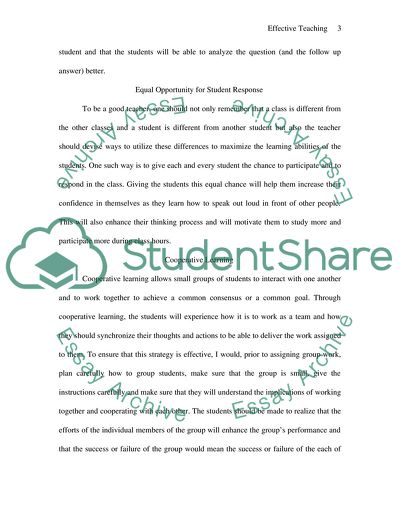Cite this document
(Ten Strategies for Effective Teaching Coursework, n.d.)
Ten Strategies for Effective Teaching Coursework. https://studentshare.org/education/1717762-ten-strategies-for-effective-teaching
Ten Strategies for Effective Teaching Coursework. https://studentshare.org/education/1717762-ten-strategies-for-effective-teaching
(Ten Strategies for Effective Teaching Coursework)
Ten Strategies for Effective Teaching Coursework. https://studentshare.org/education/1717762-ten-strategies-for-effective-teaching.
Ten Strategies for Effective Teaching Coursework. https://studentshare.org/education/1717762-ten-strategies-for-effective-teaching.
“Ten Strategies for Effective Teaching Coursework”. https://studentshare.org/education/1717762-ten-strategies-for-effective-teaching.


